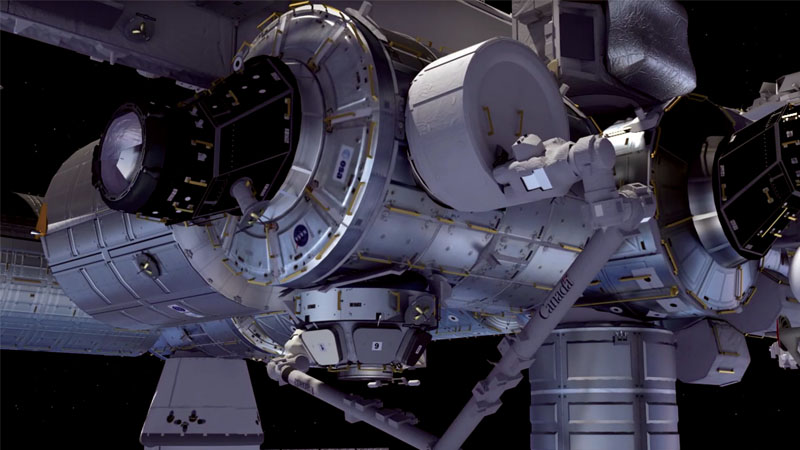New design and analysis tools, plus collaboration on hydrogen fuel systems
By Jonathan S. Litt|December 2023
The Inlets, Nozzles and Propulsion Systems Integration Technical Committee focuses on the application of mechanical design, fluid mechanics and thermodynamics to the science and technology of air vehicle propulsion and power systems integration.
In January, the sixth AIAA Propulsion Aerodynamics Workshop was held in conjunction with the 2023 SciTech Forum. The objective was to assess the numerical prediction of current computational fluid dynamics technology for inlets, diffusers and nozzles and to develop practical guidelines for CFD prediction of propulsion flow fields. Advanced computational methods were applied to supersonic aircraft inlet and nozzle problems, consisting of heated supersonic jet plumes from axisymmetric convergent-divergent nozzles. Variations in jet Mach number and jet heating were considered. Reynolds-averaged Navier-Stokes and large-eddy simulation solutions were compared to nonintrusive velocity and temperature data. Standard RANS models were unable to accurately reproduce trends established experimentally in terms of mean velocities and temperatures, as well as turbulent statistics. LES techniques were able to reproduce these trends more accurately; however, capturing the initial part of the jet shear layer remains a challenge because the small turbulent scales in the boundary layer that feed the initial part of the jet are prohibitively expensive to capture. The workshop also focused on a Mach 3 mixed-compression inlet with a complex boundary layer bleed system and vortex generators to provide stable inlet operation. Only RANS approaches were able to provide a sufficient grid resolution and computational effort to model the complete inlet system. A wall-modeled LES, or WMLES, approach did not result in a started supersonic inlet state. While this technique has been increasingly applied in analysis of engineering flow problems, WMLES and other scale-resolving techniques still need research.
In February, NASA released a new version of the Supersonic Inlet Design and Analysis Tool, NASA SUPIN-2023A. The Fortran-based SUPIN tool performs design and analysis of axisymmetric pitot, three- dimensional pitot, axisymmetric-spike, two- dimensional and streamline-traced inlets for supersonic speeds of Mach 1.2 to 5. SUPIN produces inlet performance metrics and geometric data. The inlet performance metrics calculated include the flow rates, total pressure recovery and drag. SUPIN can create the surface grids for the inlets for visualizing inlet geometry, as well as generating volume grids for CFD simulations. SUPIN can also automatically generate three-dimensional, multiblock structured grids for CFD simulations. The latest release includes improved modeling of mixed-compression inlets and more options for output of inlet data.
In June, GKN Aerospace of the U.K. and Embraer of Brazil announced a collaboration agreement to explore the potential for a hydrogen-powered flight demonstrator. The companies plan to develop hydrogen combustion and fuel cell technologies and optimize airframe-propulsion integration. This work would be applied to Embraer’s Energia future aircraft project in which the company aims to develop hybrid-electric and hydrogen fuel cell aircraft concepts as its contribution to the aviation industry’s effort to reach net-zero carbon emissions by 2050.
In related news, in August, GKN Aerospace, Marshall of the U.K. and Parker Aerospace of Ohio announced a memorandum of understanding in which the companies will explore liquid hydrogen propulsion for a future generation of zero-emission aircraft. Plans call for a liquid hydrogen fuel system that could be incorporated into hydrogen-electric and liquid combustion aircraft. “In developing the system, the companies will combine their extensive experience in the design, testing, certification, and manufacture of novel fuel systems for aerospace applications,” according to a GKN press release. The proposed liquid hydrogen fuel system is to be tested alongside a hydrogen-electric fuel cell that GKN is separately developing under the H2GEAR program, funded by the U.K. Aerospace Technology Institute. Plans call for ground tests with the fuel cell in 2025 in preparation for testing both technologies together in a “flight test bed environment” by 2030, according to the press release.
Contributor: Nicholas J. Georgiadis



































